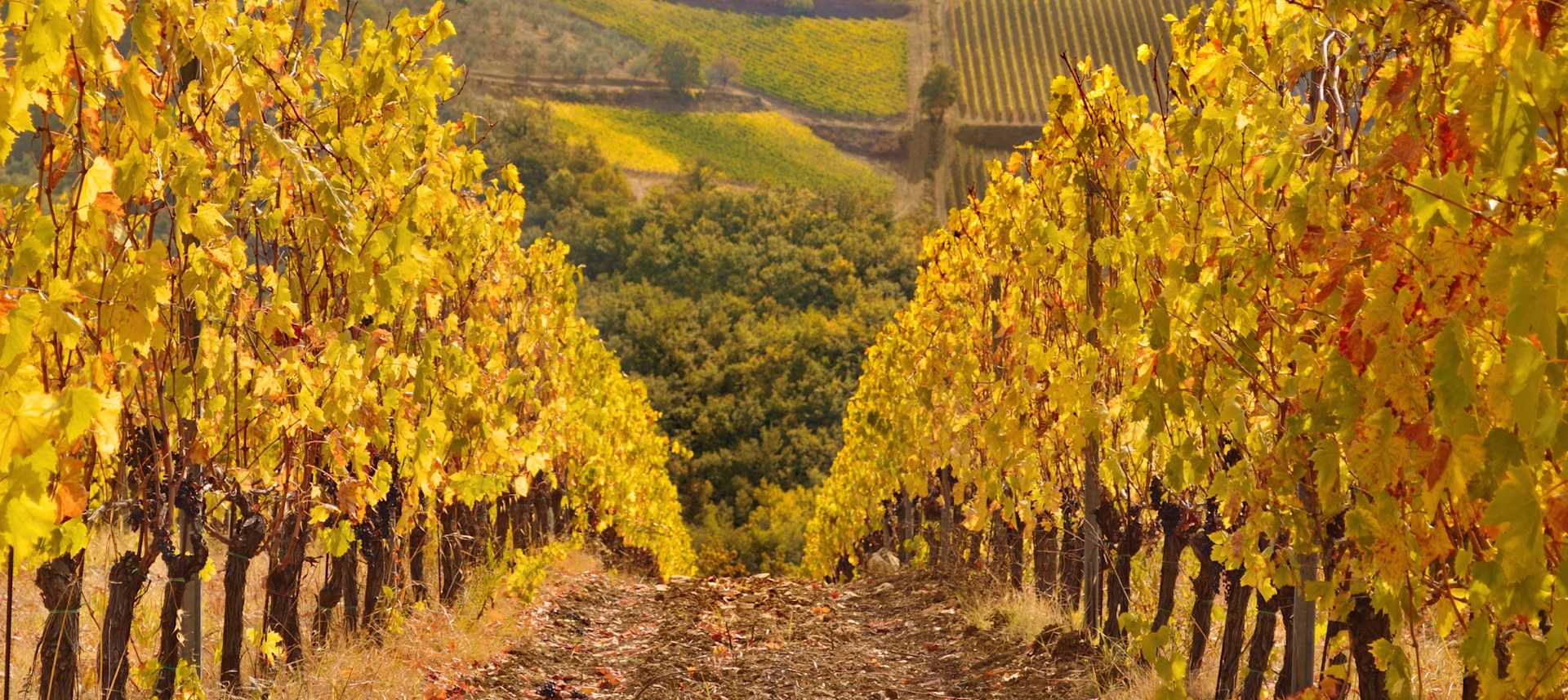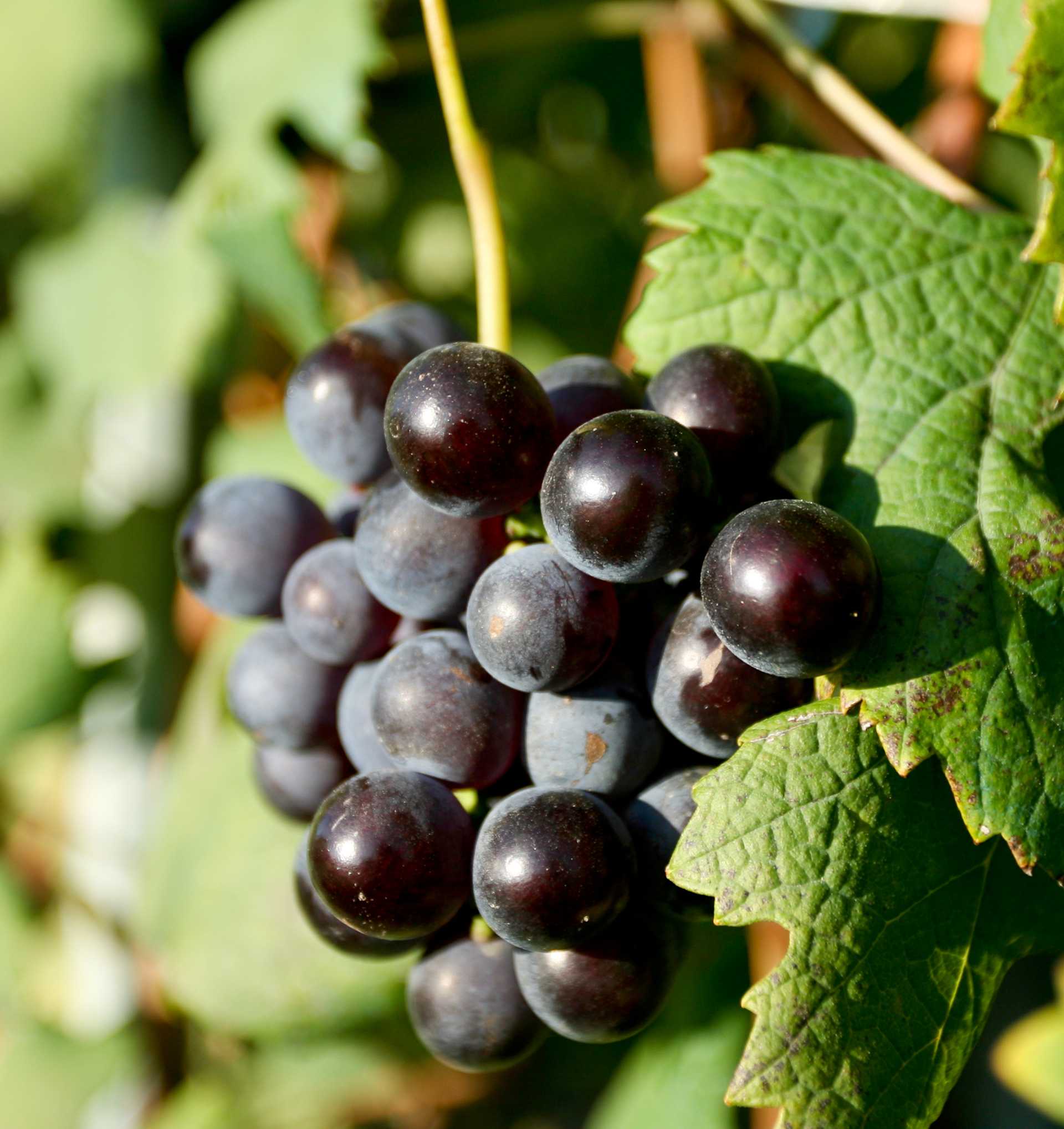G.D. Vajra Barolo Coste di Rose 2018
-
Robert
Parker -
Wine &
Spirits -
Wine
Spectator -
James
Suckling - Decanter



Product Details
Your Rating
Somm Note
Winemaker Notes
2018 Coste di Rose is a very seductive wine right out of the gate. Cherries and roses burst on the nose accompanied by hints of amarena cherry, wild berries, wet stone, mint and thyme. The palate is radiant and expressive with all of the signature elements of Coste di Rose, it is ethereal with salinity and an up-front tannic structure finished with further whiffles of roses and cherries.
Professional Ratings
-
Robert Parker's Wine Advocate
With fruit from above the village of Barolo, the G.D. Vajra 2018 Barolo Coste di Rose shows a large aromatic scope and ample substance. This vineyard is characterized by very high density Diano sandstone (typical of the area), which explains the wine’s bigger sensorial impact. Its texture is velvety and smooth, and the wine offers lots of purple and red fruits with soft earth and perfumed flower. The vintage is open knit and broad in scope, perhaps lacking some of the brilliant focus you get in the cooler years.
-
Wine & Spirits
^ The sandy soils of this MGA in Comune di Barolo yielded a fresh and floral wine in 2018, its high-toned flavors of red cherry and raspberry pastille showing a pleasant fleshiness that makes the wine immediate appealing. Lively acidity buoys the flavors as the cool, raspy tannins begin to soften with exposure to air.
-
Wine Spectator
Intense and vibrant, displaying cherry, plum, earth, iron and tar flavors. The tannins are dense and assertive, yet this has energy and length, with all the components in the right place.
-
James Suckling
Very clean red-berry fruit on the nose, together with citrus and cedar notes. Medium body with fine-grained tannins and a tight bead of fruit at the end. Sustainable.
-
Decanter
Plenty of hidden depth of black cherry and plum. Notes of Raspberry and strawberries with complexity and a fine balance and length.
Other Vintages
2019-
Wine
Enthusiast -
Robert
Parker -
Wine
Spectator -
Jeb
Dunnuck -
James
Suckling
-
Wine
Enthusiast -
Robert
Parker -
Wine &
Spirits -
Jeb
Dunnuck -
James
Suckling -
Wine
Spectator
-
Wine &
Spirits -
James
Suckling -
Wine
Spectator -
Robert
Parker
-
Wine
Enthusiast -
Wine
Spectator -
Wine &
Spirits






The Vajra family has farmed Bricco delle Viole, the highest cru in Comune di Barolo, since the 1880s. At the young age of fifteen, Aldo Vajra embraced the dream to revive his family legacy. Displaying a vision and commitment belying his young age he took over the estate in 1968, turning a new page.
Aldo soon acquired the first organic certification of the region (1971), created private biotype selections (selezioni massali) of Nebbiolo and Dolcetto, pioneered the renaissance of Freisa, a noble yet forgotten local grape (1980) and the cultivation of Rhine Riesling in Piemonte (1985).
Today, the Vajra family continues the vineyard research focusing on the influence of soil and climate change. The winery is trail-blazing the rediscovery of Chiaretto di Nebbiolo and the wines of the 17th century – long before Barolo was created - through two limited-production wines: “N.S. della Neve” (a champagne-method rosé nature) and “Claré JC”, a partial whole-cluster fermentation of pure Nebbiolo.
High elevation vineyards are a unique factor to the Vajra wines, for their ability to express finesse and remarkable complexity over power.
Attention to details and humility towards the nature, uncompromised efforts and humanity: so are Aldo and Milena, now joined by their energetic children Giuseppe, Francesca and Isidoro, and by an amazing team of young professionals, in their quest for an authentic expression of their land into the wines. G.D. Vajra is an independent winery, entirely family-owned.

Responsible for some of the most elegant and age-worthy wines in the world, Nebbiolo, named for the ubiquitous autumnal fog (called nebbia in Italian), is the star variety of northern Italy’s Piedmont region. Grown throughout the area, as well as in the neighboring Valle d’Aosta and Valtellina, it reaches its highest potential in the Piedmontese villages of Barolo, Barbaresco and Roero. Outside of Italy, growers are still very much in the experimentation stage but some success has been achieved in parts of California. Somm Secret—If you’re new to Nebbiolo, start with a charming, wallet-friendly, early-drinking Langhe Nebbiolo or Nebbiolo d'Alba.

The center of the production of the world’s most exclusive and age-worthy red wines made from Nebbiolo, the Barolo wine region includes five core townships: La Morra, Monforte d’Alba, Serralunga d’Alba, Castiglione Falletto and the Barolo village itself, as well as a few outlying villages. The landscape of Barolo, characterized by prominent and castle-topped hills, is full of history and romance centered on the Nebbiolo grape. Its wines, with the signature “tar and roses” aromas, have a deceptively light garnet color but full presence on the palate and plenty of tannins and acidity. In a well-made Barolo wine, one can expect to find complexity and good evolution with notes of, for example, strawberry, cherry, plum, leather, truffle, anise, fresh and dried herbs, tobacco and violets.
There are two predominant soil types here, which distinguish Barolo from the lesser surrounding areas. Compact and fertile Tortonian sandy marls define the vineyards farthest west and at higher elevations. Typically the Barolo wines coming from this side, from La Morra and Barolo, can be approachable relatively early on in their evolution and represent the “feminine” side of Barolo, often closer in style to Barbaresco with elegant perfume and fresh fruit.
On the eastern side of the Barolo wine region, Helvetian soils of compressed sandstone and chalks are less fertile, producing wines with intense body, power and structured tannins. This more “masculine” style comes from Monforte d’Alba and Serralunga d’Alba. The township of Castiglione Falletto covers a spine with both soil types.
The best Barolo wines need 10-15 years before they are ready to drink, and can further age for several decades.
